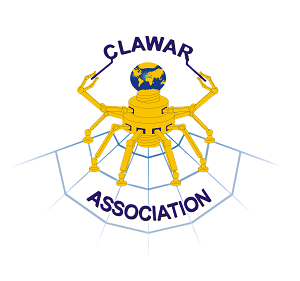STM Membership Announcement
Bon View Publishing Pte. Ltd. proudly announces its membership in the esteemed International Association of Scientific, Technical and Medical Publishers(STM), effective 2024. This collaboration marks a significant milestone in advancing global knowledge exchange and promoting cutting-edge research.


